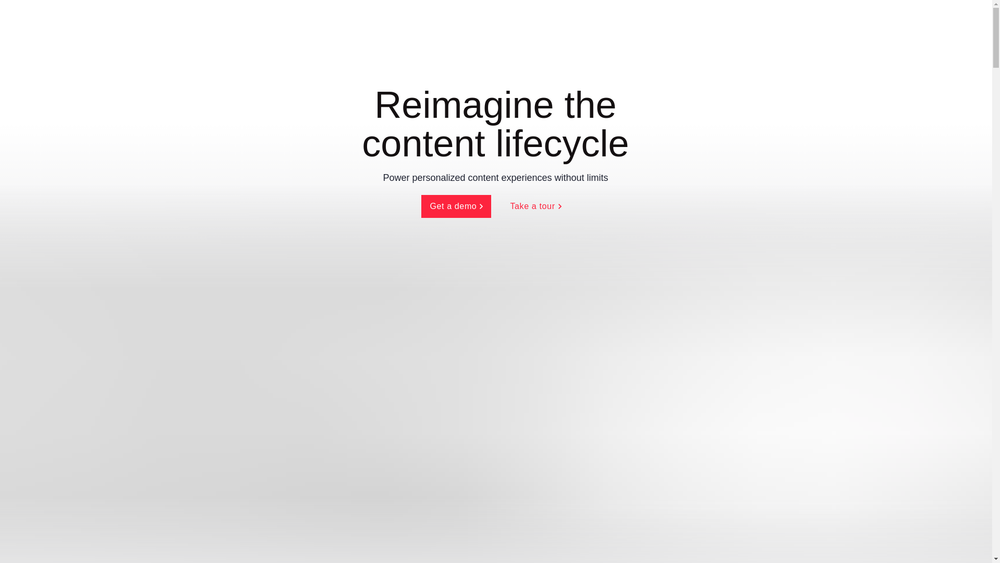Typeface — Personalized Marketing AI Platform
Typeface is an enterprise-grade marketing AI platform designed to orchestrate the full content lifecycle — from ideation to production, distribution, and performance optimization — while enforcing brand consistency at scale.
Key technical features
- Brand Hub: a centralized, continuously updated knowledge store that makes assets and brand rules instantly discoverable. Supports cross-repo search with natural language queries and exposes brand rules to generation pipelines.
- Arc Agents (Agentic AI): configurable AI agents (Ideation, Creative, Workflow, Performance, Brand) that automate complex marketing tasks, run multi-step workflows, and act as teammates that understand brand voice and channel requirements.
- Multimodal Content Generation: native support for text, images, and video (social posts, ad creatives, reels, landing content), including templating and automated variations for audience segments.
- Dynamic Personalization: programmatic generation of targeted creative variations while preserving brand consistency via active brand playbooks.
- Discovery & Search: unified search across content repositories, enabling asset reuse and fast injection into campaigns.
- Governance & Safety: automated brand and compliance checks via AI Brand Agent, safety filters, and digital watermarking for content provenance.
- Security & Data Controls: dedicated AI models, enterprise access controls, API connectors, compliance-ready controls, and end-to-end encryption for protected data handling.
- Integrations & Extensibility: APIs and connectors for common ad, analytics, and CMS platforms; strategic partnerships with Google, Microsoft, and Salesforce for deeper platform integrations.
- Performance & Analytics: built-in performance agents that analyze campaign metrics, predict trends, and recommend content optimizations.
Typical use cases
- Enterprise marketing teams and agencies scaling personalized email programs and cross-channel campaigns.
- Automated ad creative generation and optimization for paid/social channels.
- Creation of SEO-optimized landing pages and blog content at scale.
- Centralized brand governance across distributed creative teams, with pre-publication checks and asset watermarking.
- Orchestration of campaign workflows: brief -> concept -> creative -> review -> publish -> analyze.
Target users & benefits
- Target users: CMOs, marketing ops, creative directors, campaign managers, and large enterprise teams (Fortune 500).
- Benefits: dramatically faster content throughput, consistent on‑brand personalization at scale, reduced review cycles, tighter security/compliance controls, and measurable performance improvements via analytics-driven content iteration.
Practical deployment notes
- Architecture: hybrid cloud with dedicated model support and connectors to existing tech stacks (CRM, DMP, ad platforms, CMS). Agents can be customized and scoped to brand data.
- Data governance: supports enterprise policies for data residency, model ownership, and audit trails.
- Extensibility: APIs for programmatic asset ingestion, agent orchestration, and integration with downstream publishing systems.

